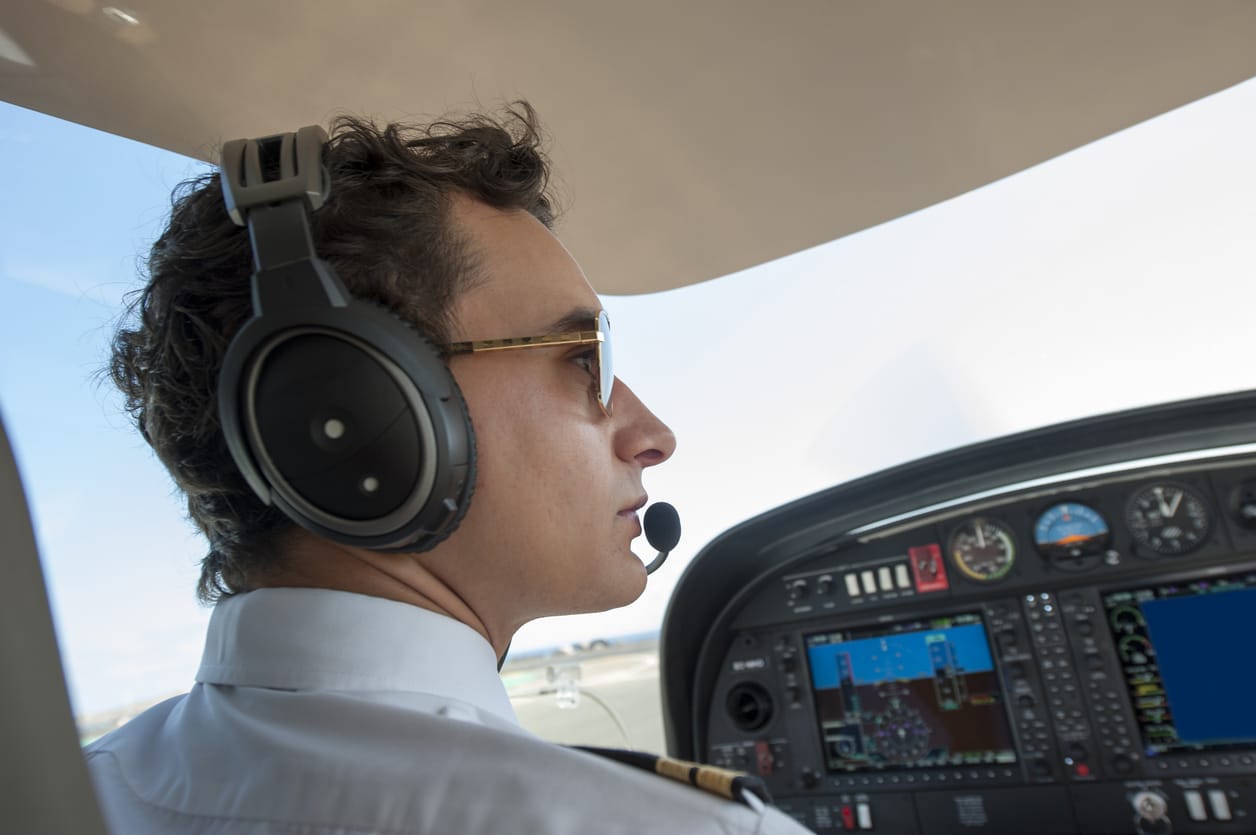
Is flying a plane on your bucket list? Getting a Private Pilot License (PPL) might be your ticket to the skies! This license is your first step into the world of aviation, allowing you to fly small aircraft for fun or personal travel. Imagine soaring above the clouds, exploring new places from a bird's-eye view. But what does it take to earn this coveted license? You'll need to complete flight training, pass a medical exam, and ace a written test. The journey involves dedication, but the reward is the freedom to fly. Whether you're dreaming of weekend getaways or just want to experience the thrill of piloting, a PPL opens up a world of possibilities. Ready to learn more about what it takes to become a private pilot? Buckle up and let's take off into the fascinating world of aviation!
What is a Private Pilot License (PPL)?
A Private Pilot License (PPL) is your ticket to the skies. It allows you to fly an aircraft for personal or recreational purposes. This license is often the first step for those dreaming of becoming a professional pilot. Here are some fascinating facts about obtaining a PPL.
-
Minimum Age Requirement
To get a PPL, you must be at least 17 years old. However, you can start training at 16. -
Medical Certificate Needed
Aspiring pilots need a medical certificate from an Aviation Medical Examiner. This ensures you're fit to fly. -
Ground School Training
Before taking off, you'll need to complete ground school. This covers aviation theory, meteorology, and navigation. -
Flight Hours Required
A minimum of 40 flight hours is needed. This includes both dual instruction and solo flying. -
Cross-Country Flight
Part of your training involves a cross-country flight. This tests your navigation skills over longer distances. -
Night Flying Experience
To ensure you're prepared for all conditions, night flying experience is part of the curriculum. -
Written Exam
A written exam tests your knowledge of aviation rules and procedures. Passing this is crucial for obtaining your PPL. -
Practical Flight Test
The final hurdle is a practical flight test with an examiner. This assesses your flying skills and decision-making.
Benefits of Having a PPL
Owning a PPL opens up a world of opportunities. From exploring new places to gaining a sense of freedom, the benefits are numerous.
-
Travel Flexibility
With a PPL, you can fly to destinations on your schedule, avoiding commercial flight hassles. -
Personal Achievement
Earning a PPL is a significant personal milestone, showcasing dedication and skill. -
Access to Remote Areas
Fly to remote locations that are difficult to reach by other means, opening up new adventures. -
Social Opportunities
Join flying clubs and meet fellow aviation enthusiasts, expanding your social circle. -
Skill Development
Piloting hones skills like problem-solving, communication, and quick decision-making.
Costs and Time Involved
Understanding the costs and time commitment is crucial before pursuing a PPL. Here's what you need to know.
-
Training Costs
On average, obtaining a PPL can cost between $8,000 to $15,000, depending on location and flight school. -
Time Commitment
Most students complete their PPL in 3 to 6 months, though it can vary based on individual pace and weather conditions. -
Additional Expenses
Besides training, consider costs for medical exams, study materials, and exam fees.
Career Opportunities with a PPL
While a PPL is primarily for personal use, it can also be a stepping stone to various aviation careers.
-
Pathway to Commercial License
A PPL is the first step towards a commercial pilot license, opening doors to professional flying. -
Aerial Photography
Use your PPL for aerial photography, capturing stunning landscapes from above. -
Flight Instructor
With additional training, become a flight instructor and teach others the joy of flying. -
Charter Pilot
Fly private charters, providing personalized travel experiences for clients.
Fun Facts About PPL
Beyond the technicalities, there are some fun and quirky aspects of having a PPL.
-
Fly-in Events
Attend fly-in events where pilots gather, share stories, and showcase their aircraft. -
Pilot Community
The pilot community is tight-knit, offering support and camaraderie among fellow aviators. -
Unique Perspective
Experience the world from a unique vantage point, seeing landscapes and cities from above.
Taking Flight with a Private Pilot License
Getting a Private Pilot License (PPL) opens up a world of possibilities. With this license, you can fly solo, take friends on adventures, or even start a journey toward a professional flying career. It's not just about the freedom of the skies; it's about the skills and knowledge you gain along the way. From understanding aerodynamics to mastering navigation, a PPL equips you with essential tools for safe flying. Plus, the sense of accomplishment is unmatched. Whether you're dreaming of flying over your hometown or exploring new destinations, a PPL is your ticket to the skies. Remember, it's not just about the destination but the journey and experiences you gather. So, if you've ever looked up at the sky and wondered what it's like to be up there, maybe it's time to make that dream a reality.
Was this page helpful?
Our commitment to delivering trustworthy and engaging content is at the heart of what we do. Each fact on our site is contributed by real users like you, bringing a wealth of diverse insights and information. To ensure the highest standards of accuracy and reliability, our dedicated editors meticulously review each submission. This process guarantees that the facts we share are not only fascinating but also credible. Trust in our commitment to quality and authenticity as you explore and learn with us.


